Turtles and tortoises, with their distinctive shells and deliberate movements, are fascinating creatures that have captured human curiosity for centuries. Though they belong to the same order of reptiles (Testudines), these animals have evolved with significant differences to adapt to their preferred habitats. Many people use the terms interchangeably, but they’re actually quite distinct animals with specialized features that help them thrive in their respective environments.
Whether you’ve encountered these creatures in the wild, at zoos, or as pets, understanding the key differences between turtles and tortoises can deepen your appreciation for these remarkable reptiles. Let’s explore ten fundamental distinctions that separate these shelled relatives in a way that’s easy to understand.
1. Habitat Preferences
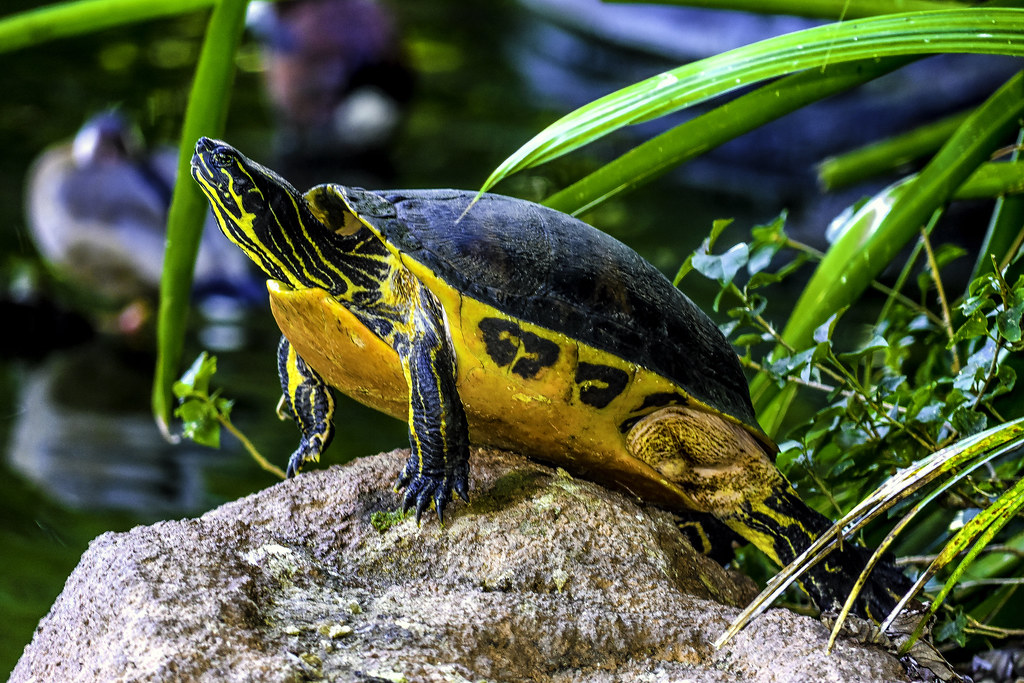
The most fundamental difference between turtles and tortoises lies in their preferred habitats, which have shaped their evolution over millions of years. Turtles are primarily aquatic or semi-aquatic creatures, spending most of their lives in or near water bodies such as oceans, rivers, lakes, and ponds. Their entire lifestyle revolves around water, where they feed, mate, and often rest, typically only venturing onto land for egg-laying purposes.
Tortoises, by contrast, are strictly terrestrial animals that have adapted to life on land, particularly in dry environments like deserts, grasslands, and scrublands. Some tortoise species can even be found in hot, arid regions where water is scarce, having developed remarkable adaptations for water conservation. This fundamental habitat difference has influenced virtually every other distinction between these two types of shelled reptiles.
2. Shell Structure and Shape
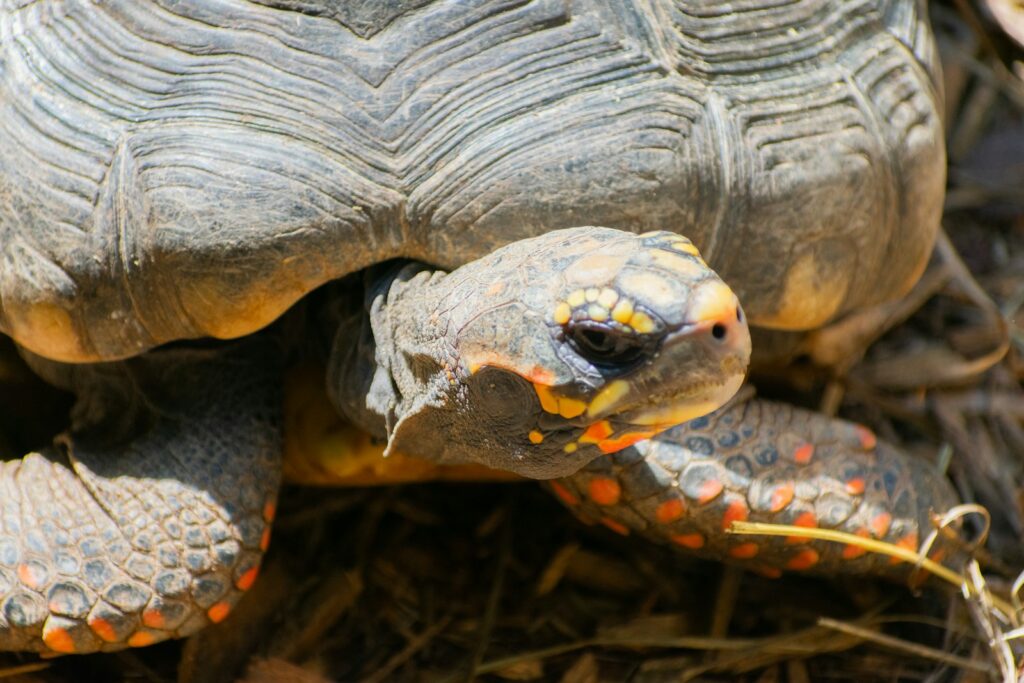
The shells of turtles and tortoises, while both serving as protective armor, differ considerably in structure to suit their respective lifestyles. Turtle shells tend to be lighter, flatter, and more streamlined to facilitate swimming and reduce water resistance. Many aquatic turtle species have aerodynamic, somewhat dome-shaped shells that help them glide efficiently through water with minimal drag. Tortoises, however, possess high-domed, heavy shells that provide maximum protection against predators and the harsh elements of their terrestrial environments.
The high dome shape of tortoise shells also creates more internal space for their lungs to expand, allowing for greater breathing capacity during their land-based activities. Additionally, the scutes (plates) on tortoise shells often form more pronounced growth rings than those on turtle shells, sometimes providing clues about the animal’s age and growth history.
3. Limb and Foot Adaptations
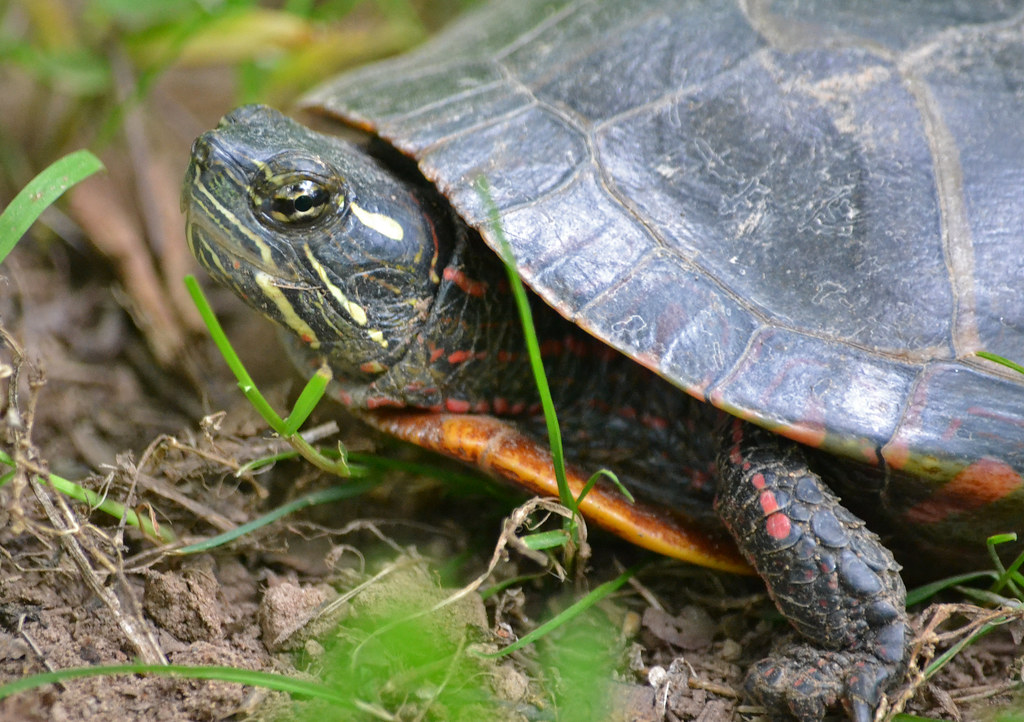
The limbs of turtles and tortoises show remarkable evolutionary adaptations that reflect their different modes of locomotion and habitats. Turtles typically have webbed feet with long claws that serve as excellent paddles for swimming through water with minimal effort. Sea turtles take this adaptation even further, with their front limbs evolved into flipper-like appendages that enable powerful, graceful movements through ocean currents. Freshwater turtles maintain some webbing while retaining the ability to walk on land when necessary.
Tortoises, adapted exclusively for terrestrial life, have developed short, sturdy, elephantine legs with rounded, club-like feet that support their considerable weight on land. Their thick, scaly legs provide stability and strength for walking on various terrain types, while their blunt toes and nails are specialized for digging burrows and navigating rough ground rather than for swimming. These distinct limb structures make it relatively easy to differentiate between turtles and tortoises at a glance.
4. Dietary Differences
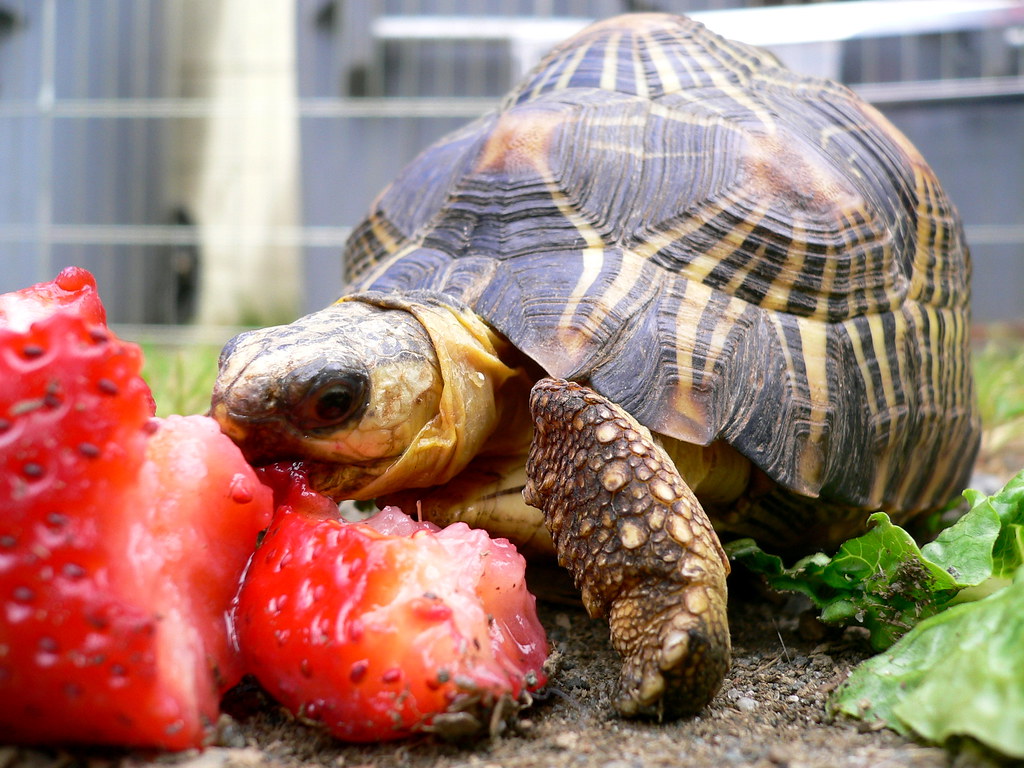
The diets of turtles and tortoises reflect their different habitats and have evolved to optimize nutrition in their respective environments. Most turtle species are omnivorous, consuming a varied diet that includes aquatic plants, algae, small fish, insects, mollusks, and other small aquatic creatures they encounter in their watery homes. This dietary flexibility helps turtles adapt to seasonal food availability and changing environmental conditions. Tortoises, by contrast, are primarily herbivorous, with diets consisting largely of grasses, weeds, leafy greens, fruits, and succulent plants found in their terrestrial habitats.
Their jaws have evolved specifically for cropping and grinding plant material, and their digestive systems are specialized to break down plant fiber efficiently. Some tortoise species that live in particularly harsh environments have developed the ability to survive on sparse vegetation and can go for relatively long periods with minimal food when necessary – an adaptation rarely seen in water-dependent turtles.
5. Lifespan Variations
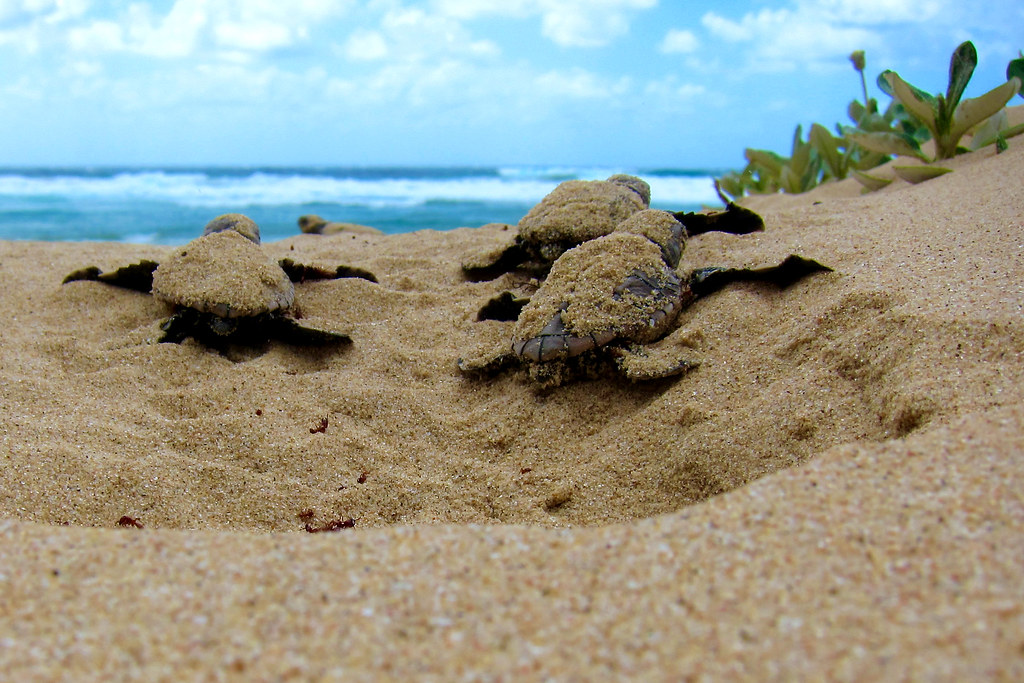
The longevity patterns between turtles and tortoises represent one of the most fascinating differences between these reptiles, with tortoises generally outliving their aquatic cousins. Many tortoise species are renowned for their exceptional longevity, with some individuals documented to live well over 100 years in both captivity and the wild. The Aldabra giant tortoise and Galápagos tortoise are famous examples, with verified specimens reaching ages of 150-200 years.
Turtles, while also long-lived compared to many vertebrates, typically have shorter lifespans, with most species living between 20-40 years, though some sea turtles can reach 60-80 years. This lifespan difference may relate to the tortoise’s slower metabolism, reduced predation pressure in adulthood, and adaptations for surviving resource scarcity in harsh terrestrial environments. The remarkable longevity of tortoises makes them living connections to historical eras, with some currently living specimens hatched during the Victorian era.
6. Reproduction and Egg-Laying Behaviors
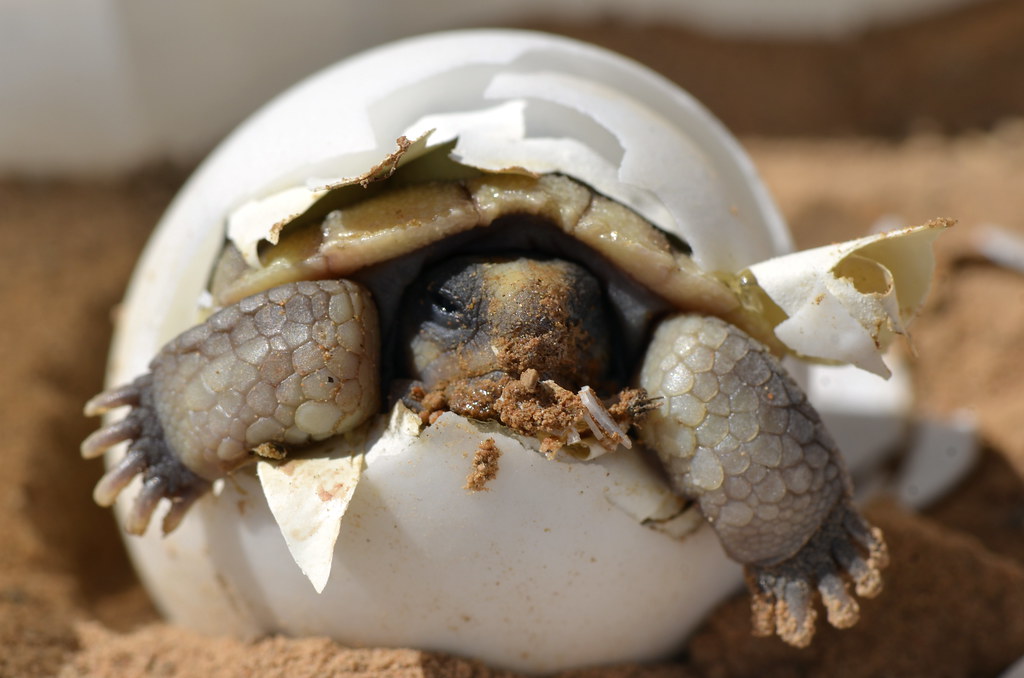
While both turtles and tortoises lay eggs, their reproductive behaviors show distinct differences adapted to their respective environments. Female turtles typically lay their eggs in sandy banks near water bodies, often traveling considerable distances to find suitable nesting sites before returning to their aquatic habitats. Most aquatic turtle species produce relatively thin-shelled, slightly pliable eggs in larger clutches, sometimes laying several dozen eggs at once to increase survival chances in predator-rich environments.
Tortoises, adapted to drier conditions, usually dig deep nest holes in well-drained soil where they deposit fewer eggs with harder, more calcified shells that resist desiccation in arid environments. The incubation period also varies, with tortoise eggs generally requiring longer development times before hatching. Additionally, temperature-dependent sex determination occurs in both groups but may manifest differently between specific turtle and tortoise species, influencing conservation strategies for endangered populations.
7. Swimming Abilities
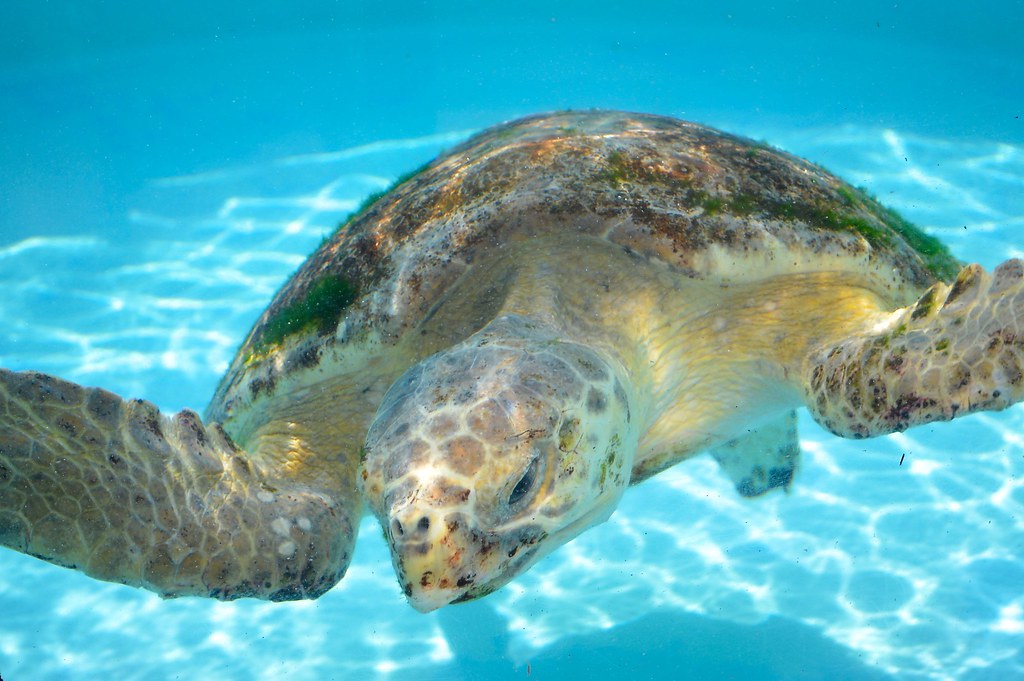
The swimming capabilities of turtles and tortoises represent perhaps the most obvious behavioral difference between these reptile groups. Turtles are excellent swimmers, with aquatic adaptations that allow them to move effortlessly through water with precision and speed. Sea turtles can swim thousands of miles during migrations, using their flipper-like front limbs to “fly” through ocean currents with remarkable efficiency and grace. Freshwater turtles maneuver adeptly through lakes and rivers, able to control their buoyancy to float at various depths or rest on the bottom.
Tortoises, by stark contrast, are notoriously poor swimmers and can actually drown if placed in deep water for extended periods. Their heavy shells, lack of webbed feet, and terrestrial adaptations make them poorly suited for aquatic environments. This fundamental difference in swimming ability directly reflects their evolutionary divergence and specialized habitat adaptations over millions of years.
8. Shell Care and Maintenance
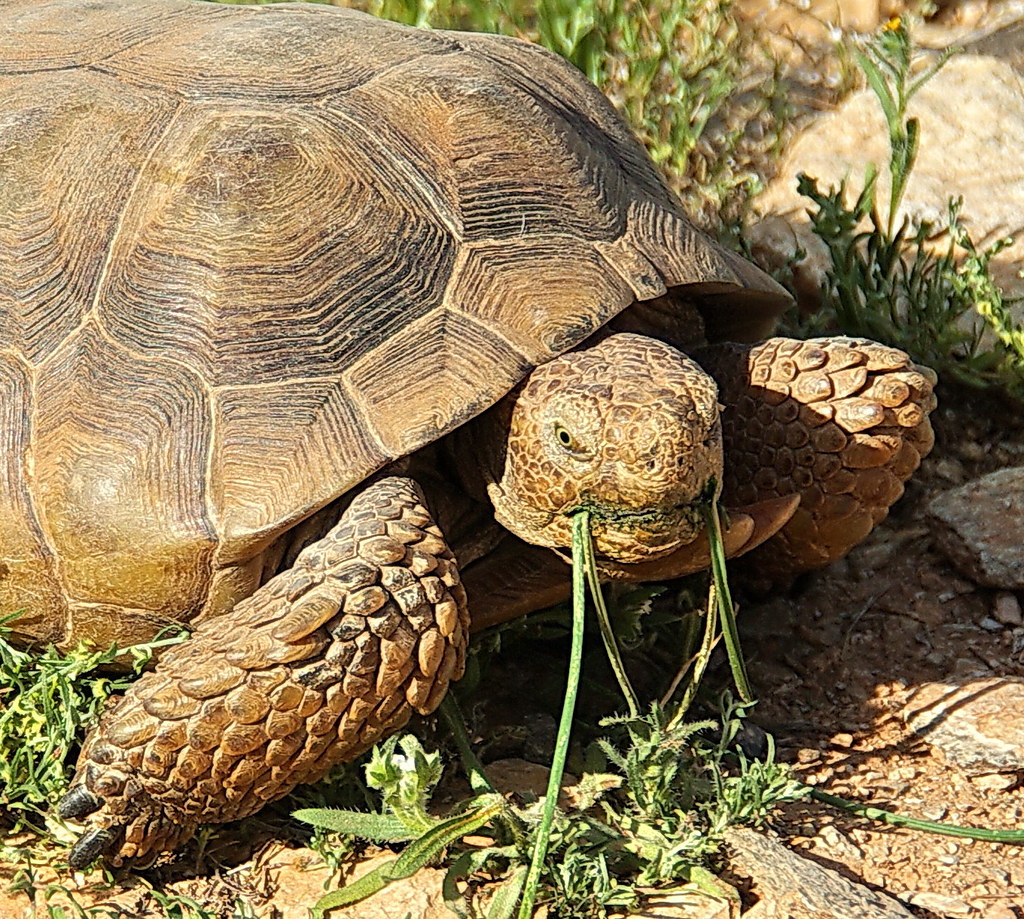
Turtles and tortoises maintain their protective shells differently due to their distinct lifestyles and environmental exposures. Aquatic turtles benefit from their water-based environment, which naturally helps keep their shells clean and hydrated, preventing excessive dryness or cracking. Many turtle species also engage in basking behavior, which helps regulate shell health by allowing periodic drying and exposure to beneficial UV light, which can help prevent fungal or bacterial infections. Tortoises, living in drier environments, must actively manage shell hydration and often seek mud wallows or shallow puddles after rains to moisturize their shells and skin.
Their high-domed shells require different care considerations, including monitoring for pyramiding (abnormal shell growth) that can occur in captive specimens with improper diet or insufficient humidity. The different shell maintenance needs of turtles and tortoises are critical considerations for proper care in captive settings, where owners must recreate appropriate environmental conditions to ensure shell health.
9. Behavioral Differences
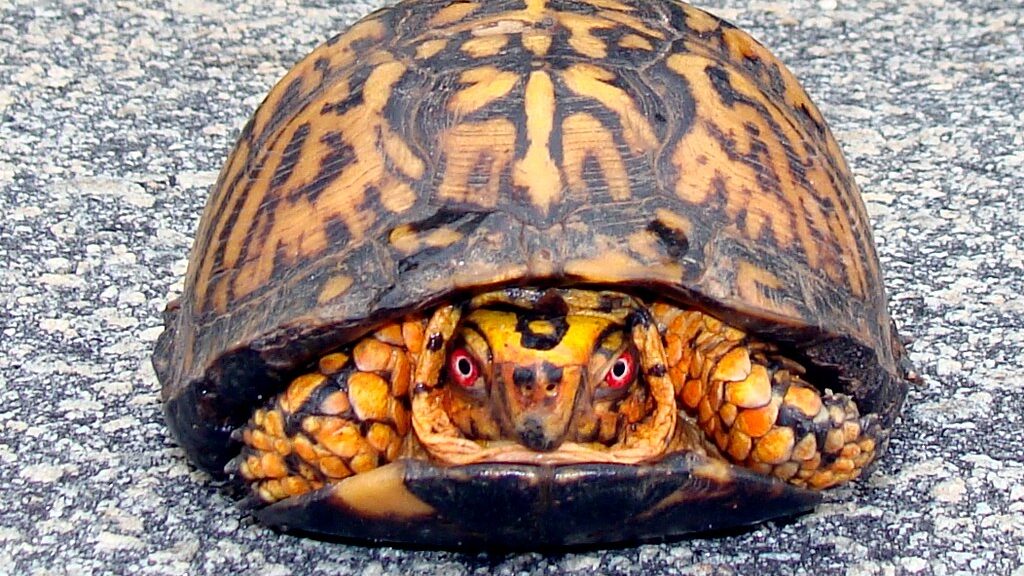
The behavioral patterns of turtles and tortoises reveal meaningful differences in how these animals interact with their environments and respond to stimuli. Turtles often display more active, exploratory behaviors, regularly swimming throughout their habitats in search of food, mates, or basking spots. Many turtle species are surprisingly quick when necessary, capable of rapid movements to escape predators or catch prey in water. Tortoises typically exhibit more deliberate, methodical behavior patterns characterized by slow, consistent movement and careful environmental assessment before action.
They often follow established pathways through their territories and may display more territoriality than many turtle species. When threatened, turtles usually retreat quickly to water for safety, while tortoises rely on their heavy shells for protection, withdrawing their limbs and remaining motionless until danger passes. These behavioral differences reflect their evolutionary adaptations to different predator pressures and environmental challenges in aquatic versus terrestrial habitats.
10. Taxonomic Classification
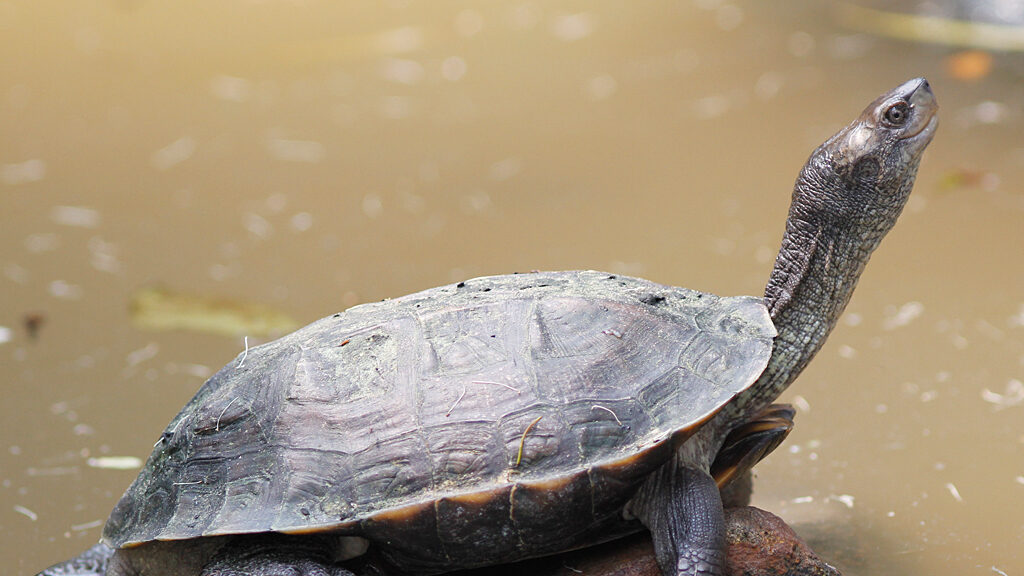
While all turtles and tortoises belong to the order Testudines (or Chelonia), their taxonomic classification reflects their evolutionary divergence and specialized adaptations. Tortoises are classified exclusively within the family Testudinidae, a group of strictly terrestrial chelonians with distinctive characteristics. Turtles, meanwhile, are distributed across several different families, including Cheloniidae (sea turtles), Dermochelyidae (leatherback turtles), Emydidae (pond turtles), Trionychidae (softshell turtles), and others – each adapted to specific aquatic or semi-aquatic niches.
This taxonomic organization helps scientists understand evolutionary relationships between different chelonian species and trace their adaptation paths through Earth’s history. Interestingly, in some classification systems, the term “turtle” is used as the overarching name for all chelonians, with “tortoise” being a subset of terrestrial turtles, which can sometimes cause confusion in scientific and popular discussions about these remarkable reptiles.
11. Temperature Regulation Strategies
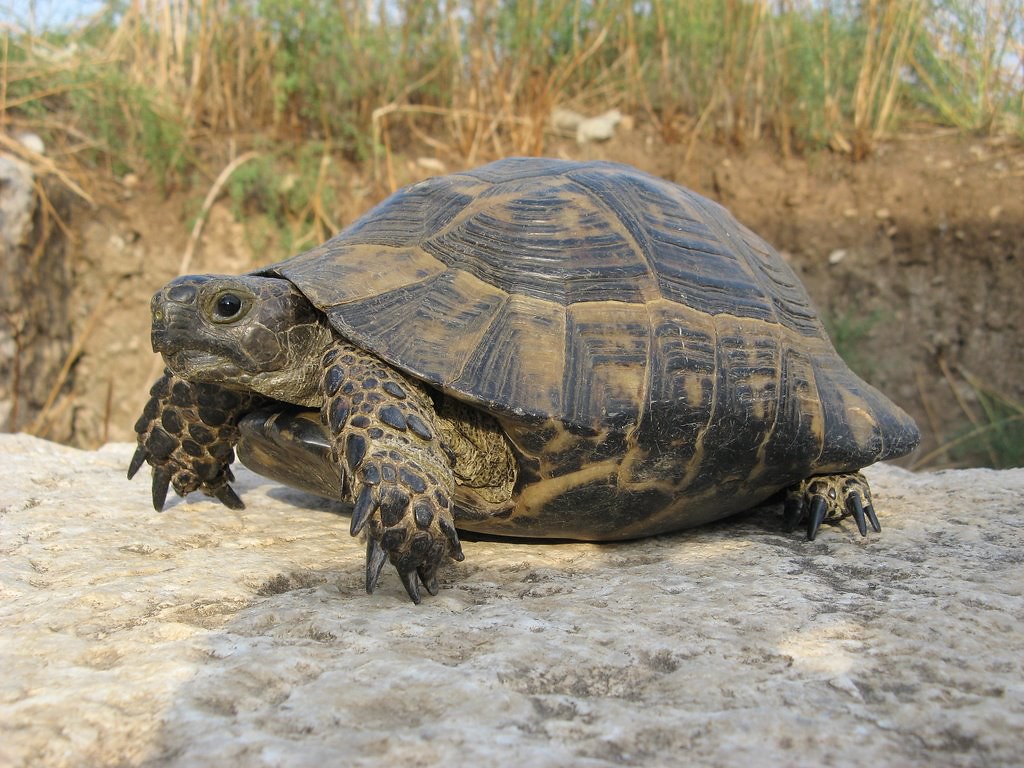
Turtles and tortoises, being ectothermic (cold-blooded) reptiles, regulate their body temperatures differently based on their environmental adaptations. Aquatic turtles have developed sophisticated temperature regulation strategies that involve moving between warmer surface waters and cooler depths to maintain optimal body temperature. Many freshwater turtle species engage in strategic basking behavior, climbing onto logs or rocks to absorb solar heat before returning to water when sufficiently warmed.
Tortoises rely more heavily on behavioral thermoregulation in their terrestrial environments, seeking shade during extreme heat and exposing themselves to morning sun to warm up after cool nights. Desert-dwelling tortoise species often dig burrows to escape temperature extremes, creating microhabitats that can be 15-20 degrees cooler than the surface temperature during scorching afternoons. These different approaches to temperature regulation directly influence their activity patterns, feeding behaviors, and geographical distributions.
12. Conservation Challenges
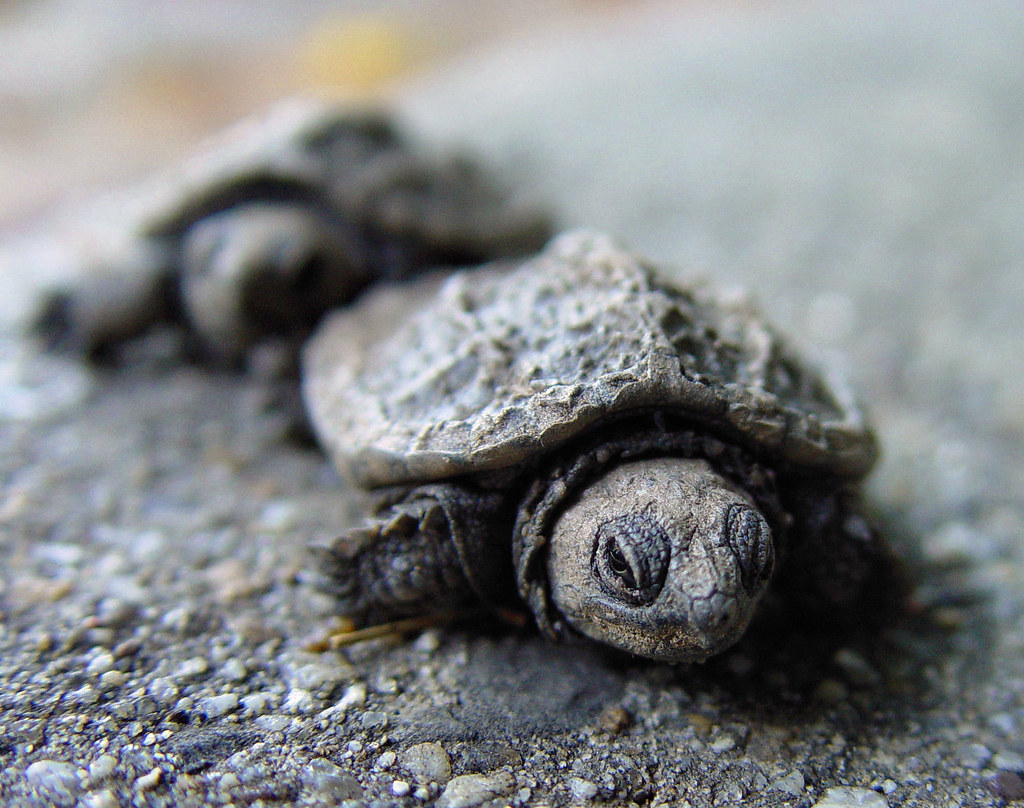
Turtles and tortoises face distinct conservation challenges based on their different habitats and interactions with human activities. Aquatic turtles, particularly sea turtles, contend with threats including plastic pollution, fishing net entanglement, boat strikes, coastal development destroying nesting beaches, and oceanic habitat degradation. Freshwater turtles often face water pollution, habitat fragmentation by dams, and wetland destruction.
Tortoises, being land-dwellers, encounter different threats including habitat loss from agriculture and development, road mortality, illegal collection for the pet trade, and in some regions, consumption as food. Climate change presents unique challenges for both groups – rising sea levels threaten turtle nesting beaches, while increasing temperatures and changing precipitation patterns alter tortoise habitats and can affect sex ratios in species with temperature-dependent sex determination. Conservation strategies must therefore be specialized to address the particular vulnerabilities of each group while working toward broader environmental protections.
Conclusion
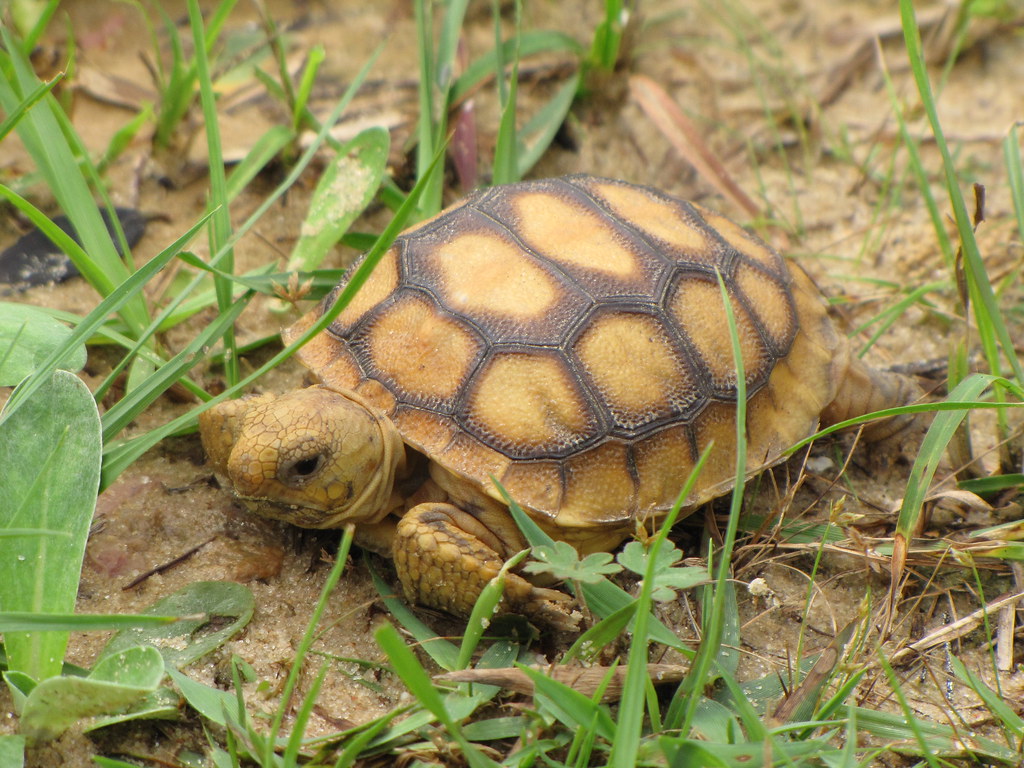
Understanding the differences between turtles and tortoises helps us appreciate the remarkable adaptations these reptiles have developed over millions of years of evolution. From their distinctly shaped shells and specialized limbs to their unique diets and reproductive strategies, each feature reflects their specialized adaptation to aquatic or terrestrial environments. While turtles glide efficiently through water with their streamlined shells and webbed feet, tortoises plod deliberately across land with their high-domed shells and elephant-like limbs.
These fascinating creatures, despite their differences, share a common ancestry and face increasing threats from human activities and environmental changes. By recognizing what makes each group special, we can better appreciate their ecological importance and contribute to conservation efforts that ensure these ancient reptiles continue to thrive for generations to come.

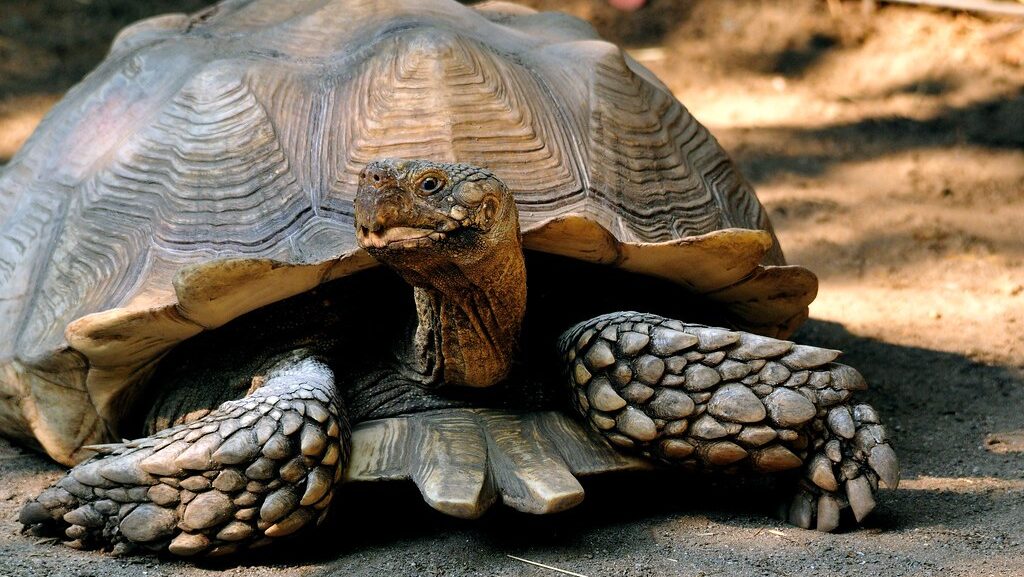

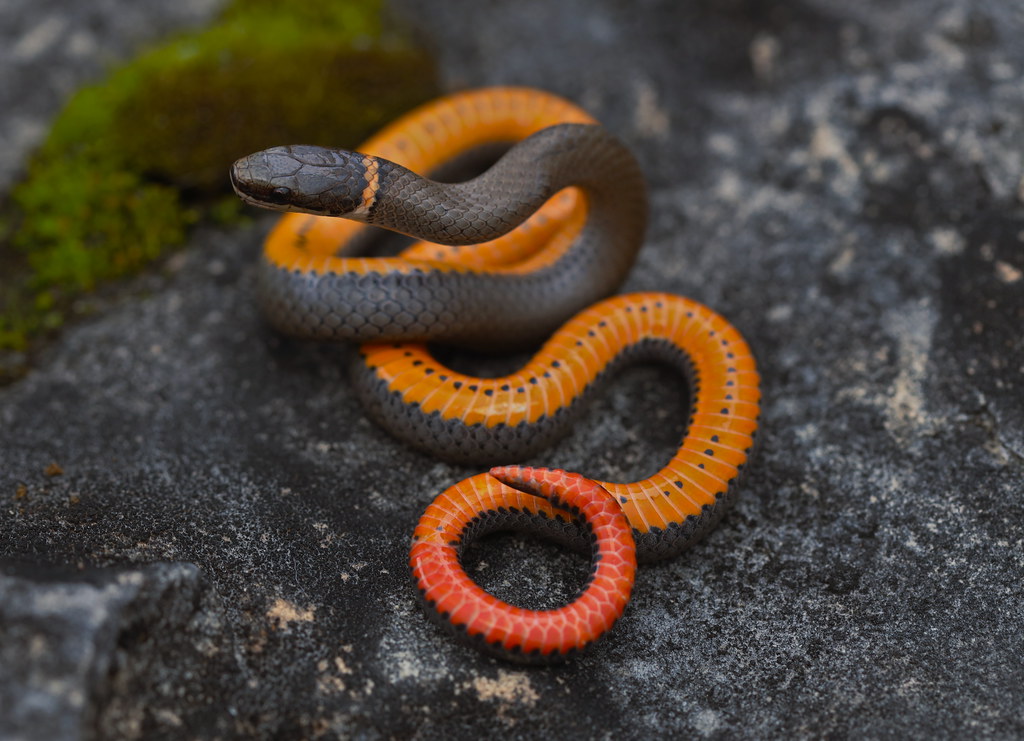

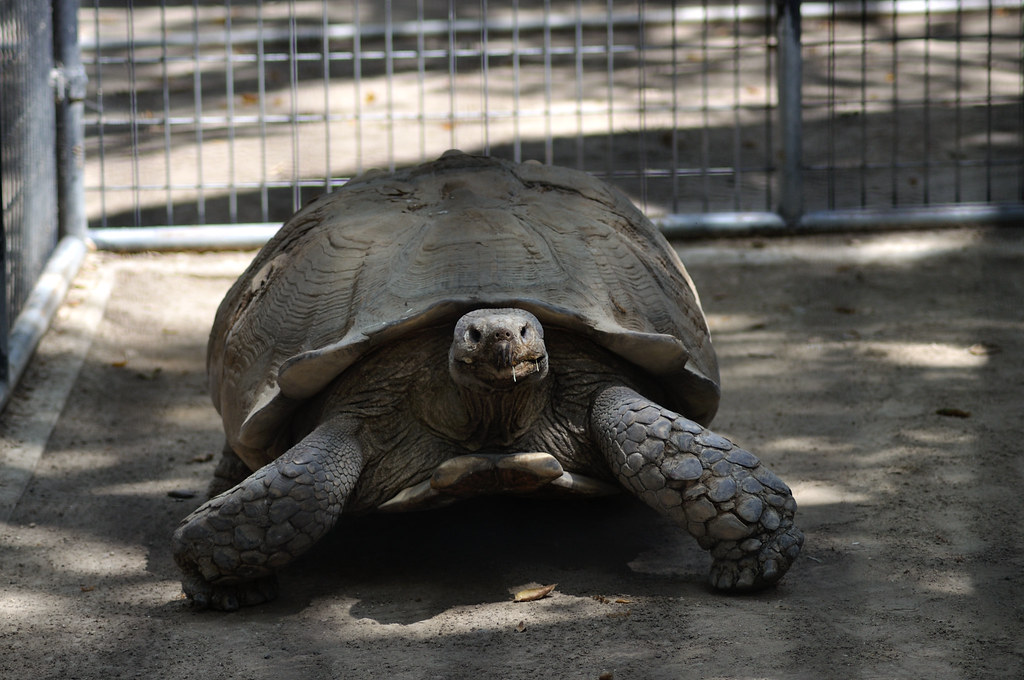
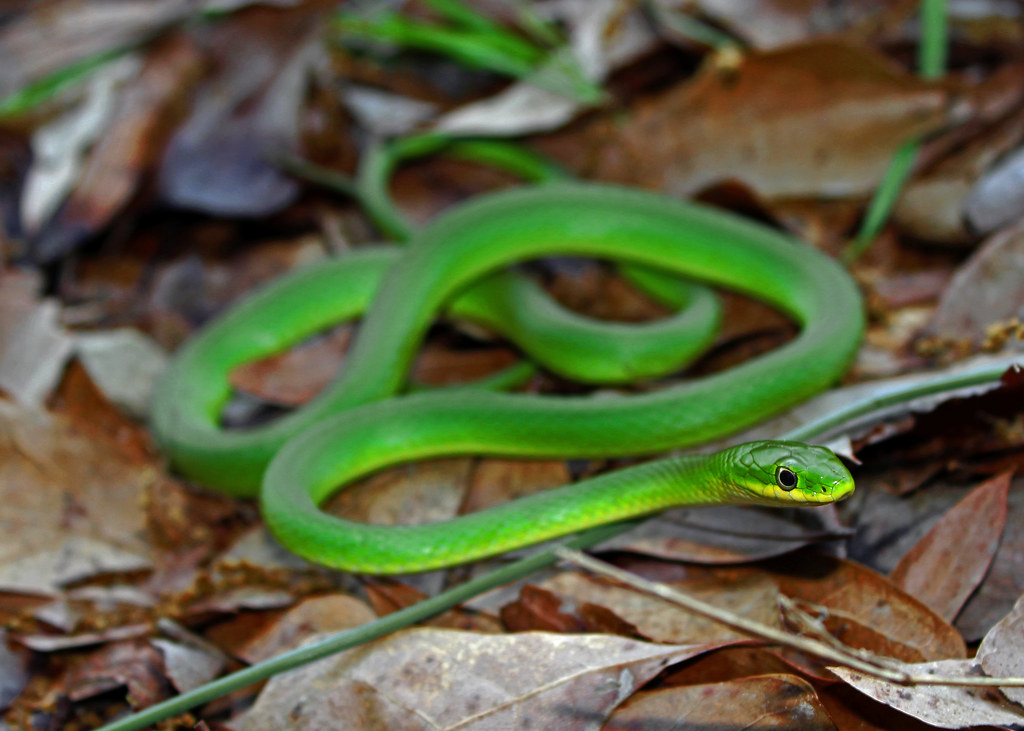
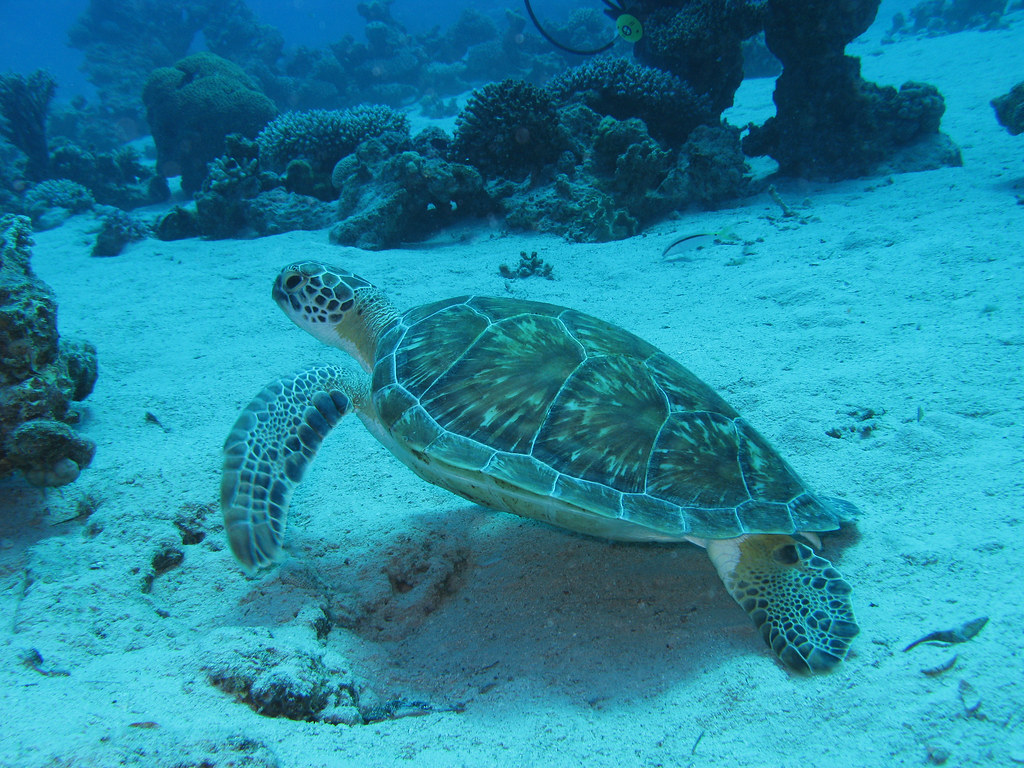
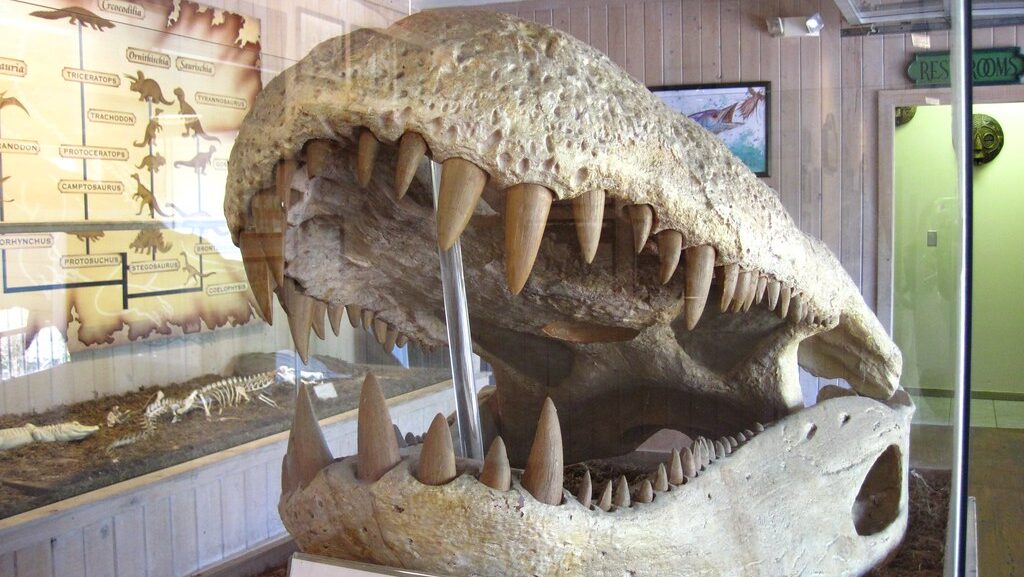
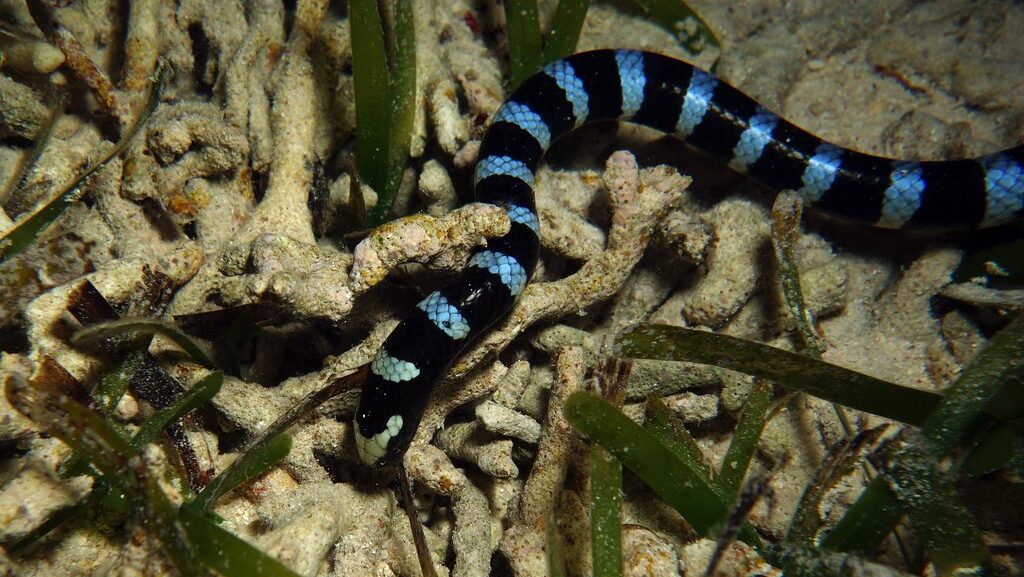

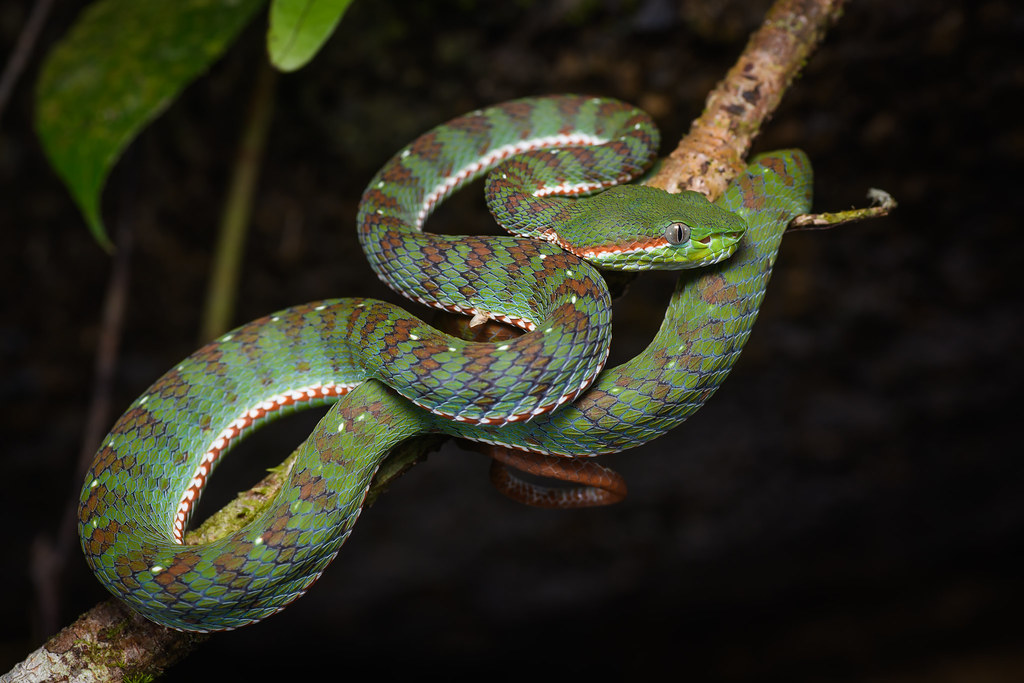



Leave a Reply